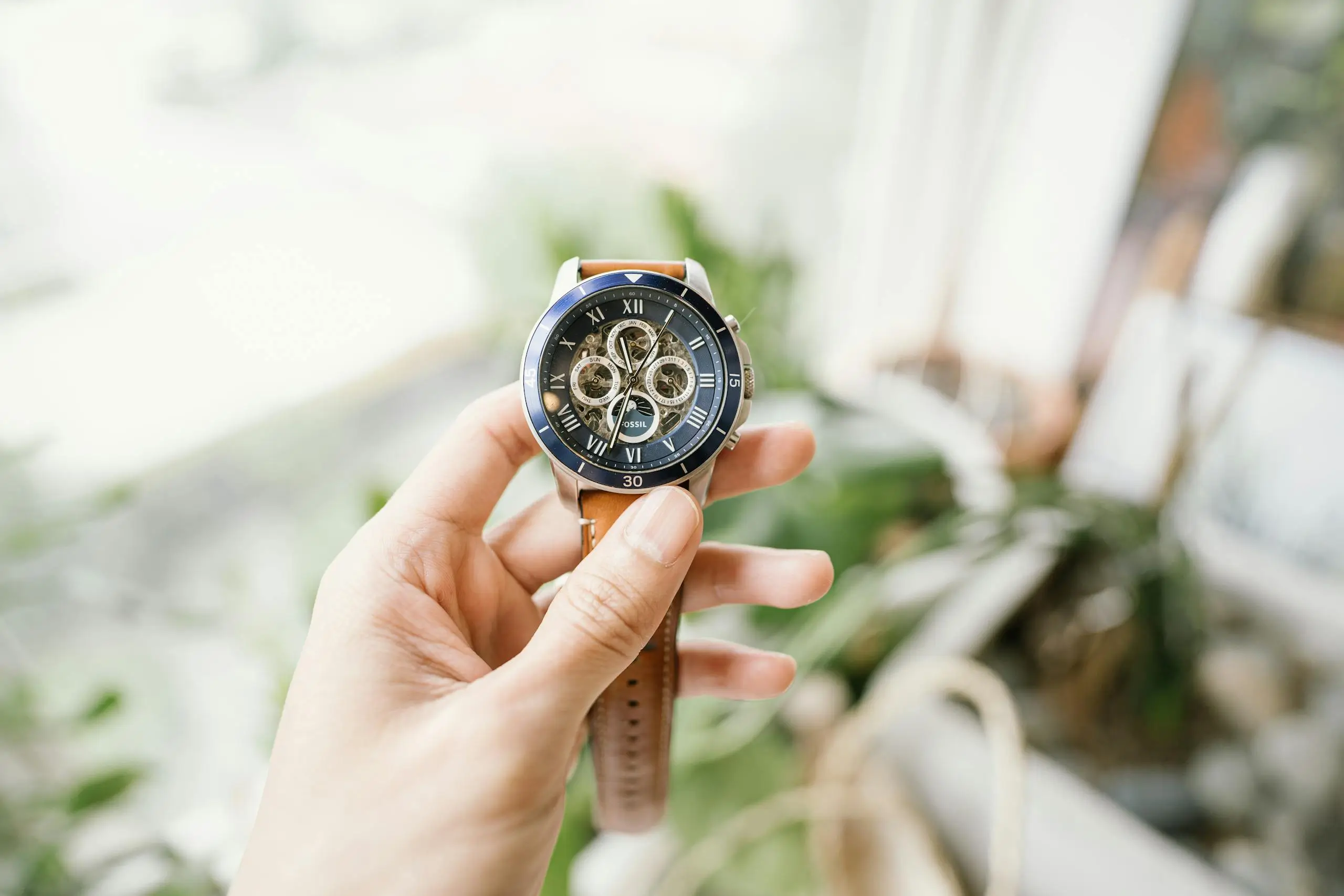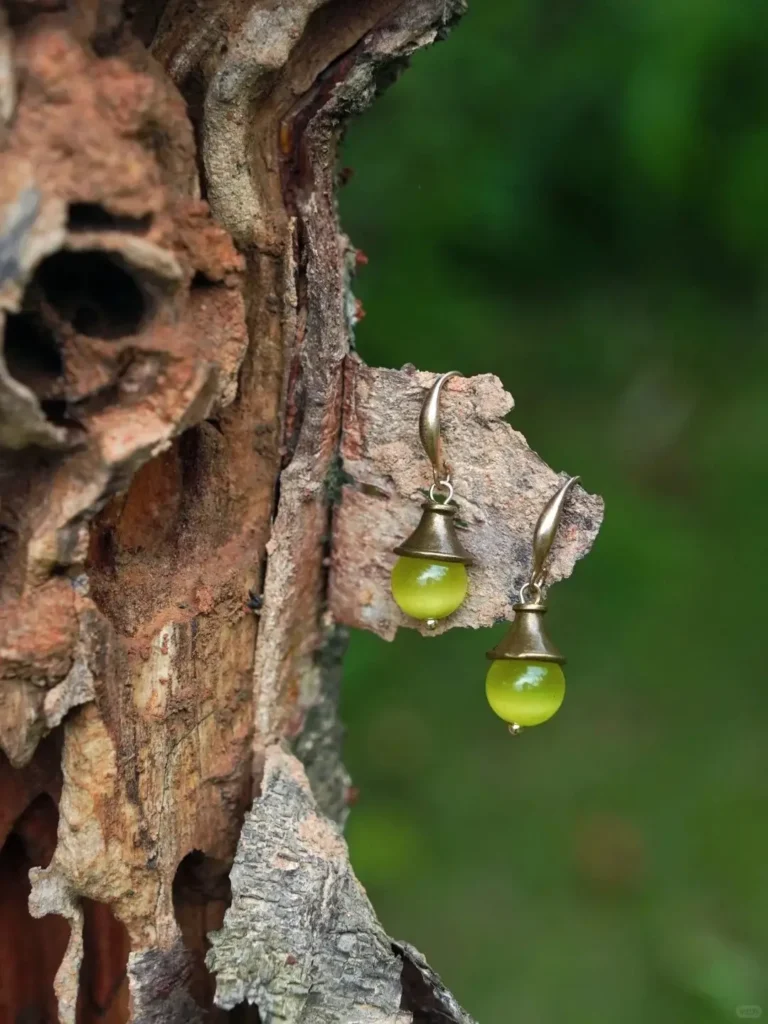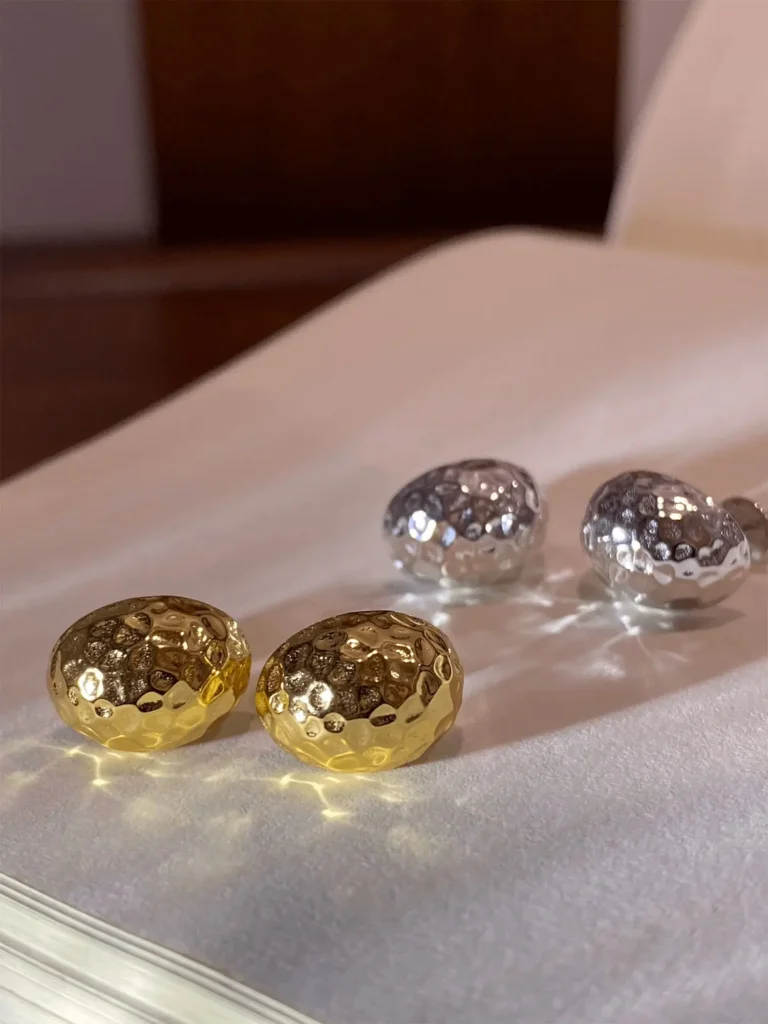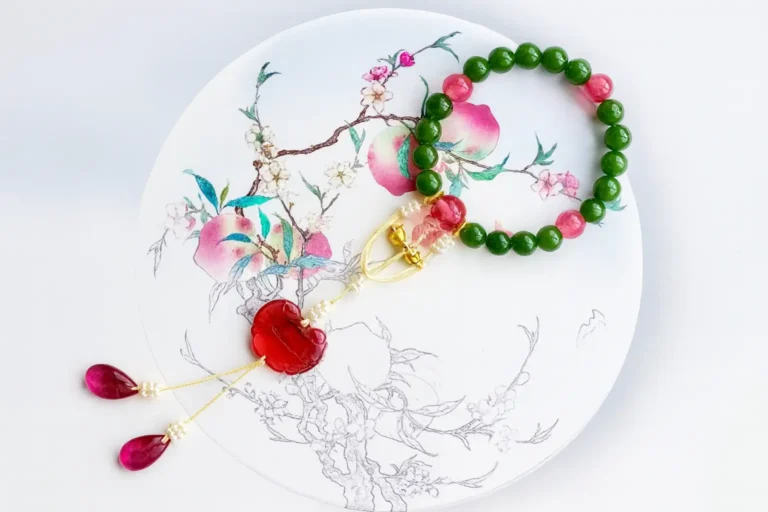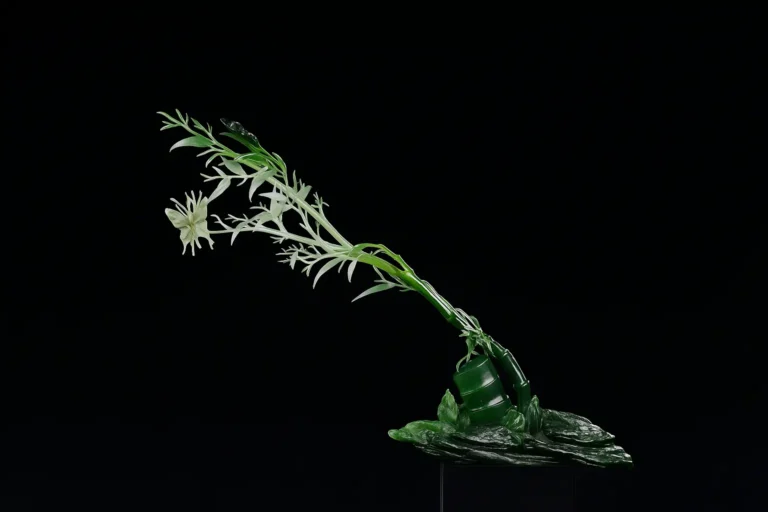The Timeless Art of Wood Marquetry: From Royal Furniture to Luxury Watch Dials
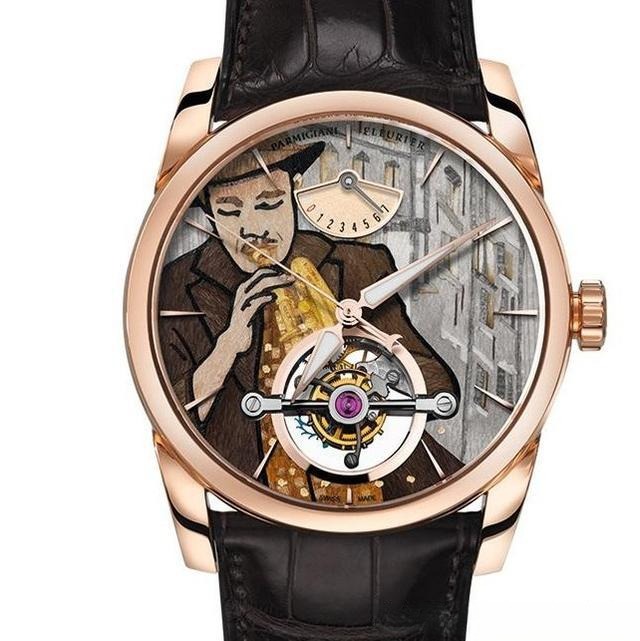
Introduction
Have you ever seen a luxury watch dial created using wood marquetry in watchmaking? It can be crafted from wood, feathers, or even quail eggshells.This centuries-old European technique, once used to decorate royal furniture, is now being revived by artisans in modern watchmaking. In this article, you’ll discover the surprising materials they use and why this form of craftsmanship remains one of the most refined in the world of luxury watches.
What Is Wood Marquetry?
Wood marquetry, also known as fine wood inlay, is one of Europe’s most sophisticated and enduring traditional crafts. Despite its name, the materials used in marquetry are not limited to wood. The craft involves creating intricate patterns by assembling thin veneers of different materials—such as wood, shell, metal, ivory, or even natural eggshells—onto a wooden surface.
Originally, marquetry flourished in furniture making. During the reign of Louis XIV of France, master craftsman André-Charles Boulle became renowned for his elaborate inlay works, combining brass and tortoiseshell to decorate royal cabinets and tables. Later, during the Louis XVI period, another great artisan, Jean-Henri Riesener, brought marquetry to new artistic heights with refined fruitwood patterns and elegant floral compositions.
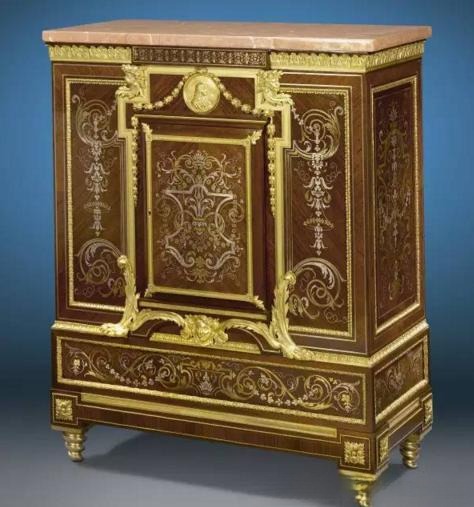
Over time, this exquisite technique found new life in watchmaking. Luxury watch brands began incorporating wood marquetry into their watch dials, fascinated by the precision, delicacy, and artistic versatility of the craft. As a result, a nearly lost art form reemerged on the world stage—this time, in miniature form, ticking gracefully on the wrist.
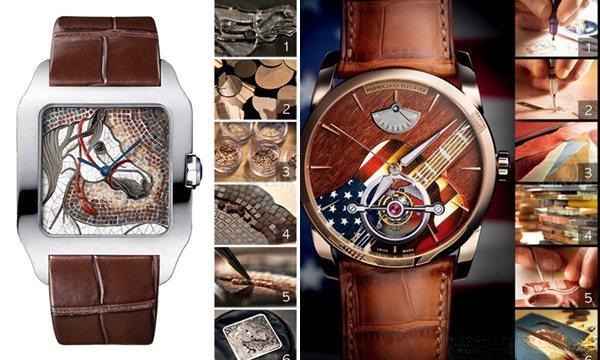
Materials Used in Wood Marquetry in Watchmaking
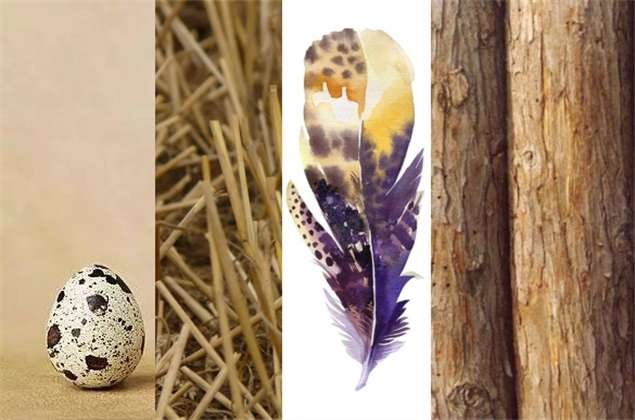
Although its name suggests otherwise, wood marquetry does not rely solely on wood. In modern watchmaking and decorative art, artisans experiment with a range of natural materials, each offering its own beauty and challenge. Here are some of the most fascinating examples.
1. Quail Eggshells in Watch Dial Marquetry: Nature’s Unpredictable Pattern
Surprisingly, quail eggshells have become a prized material for marquetry. Unlike ordinary poultry eggs, quail eggs feature naturally occurring speckled patterns. In fact, no two are ever alike. For a marquetry artist, creating a single dial is like curating a collection of patterns from hundreds of quail mothers. Each eggshell fragment is carefully selected and arranged by hand according to its unique design.
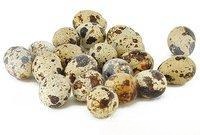
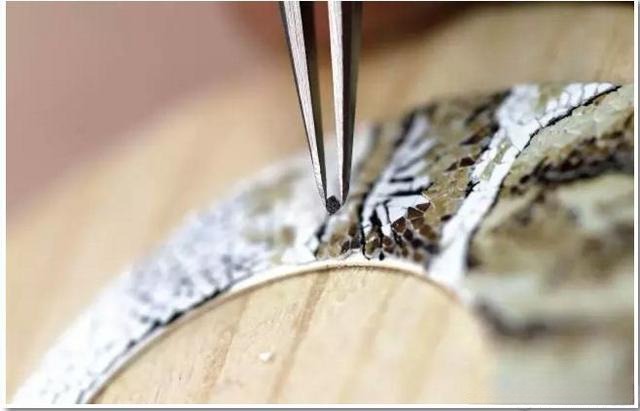
Crafting one complete watch dial with eggshell marquetry can take up to 200 hours. The result is a surface that feels both organic and refined, as if nature itself painted it.
2. Feather Marquetry in Watchmaking: The Lightest Material in Luxury Watches
Feathers, though delicate and challenging to work with, have found their way into the realm of marquetry thanks to visionary artisans. The celebrated feather artist Nelly Saunier collaborated with prestigious watch brands to create feather marquetry dials—each a masterpiece of precision and fragility.
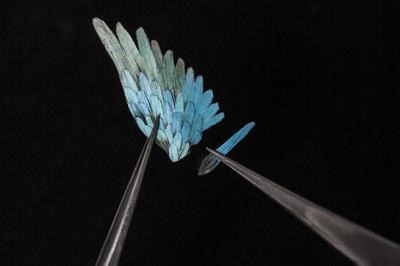
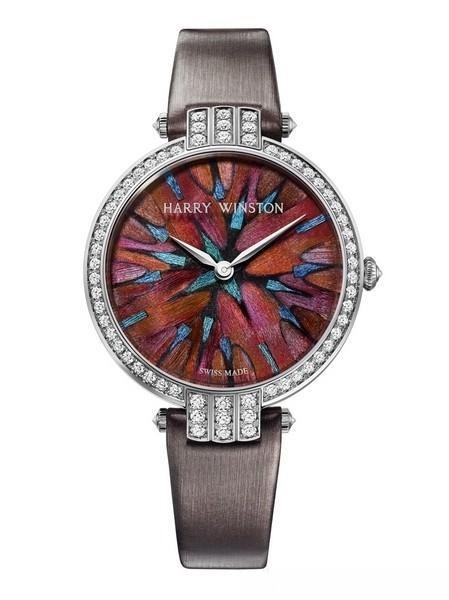
Working with feathers requires exceptional skill. A slight misstep can destroy the natural luster and contour of the material. Yet when done right, the outcome is breathtaking—a shimmering mosaic of iridescent color that no pigment or lacquer can replicate.
3. Straw: Turning the Humblest Material into Gold
At first glance, straw—the stalks left behind after harvesting crops—seems an unlikely choice for fine luxury crafts. Yet, in the hands of skilled designers, it becomes a shimmering and sustainable art form.

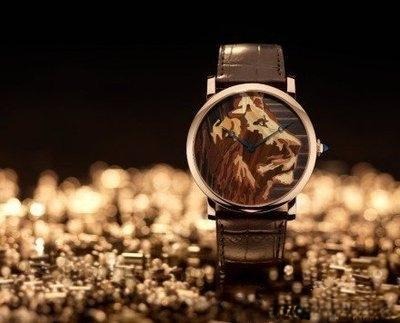
Straw marquetry has a subtle, natural sheen thanks to the silica in the plant fibers. When carefully cut, dyed, and laid in precise geometric patterns, the result rivals the brilliance of gemstones. Some of the world’s top watchmakers even pair straw marquetry dials with diamonds and precious metals, creating a mesmerizing contrast between the modest and the magnificent.
4. Wood: The Classic Material of Tradition
Finally, we arrive at the heart of the craft—wood itself. Traditional wood marquetry remains unmatched in richness and warmth. Artisans select veneers from various species—such as walnut, ebony, maple, or rosewood—each offering unique colors and textures.
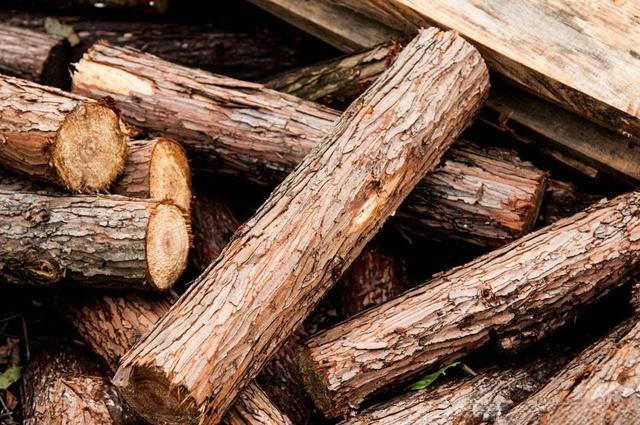
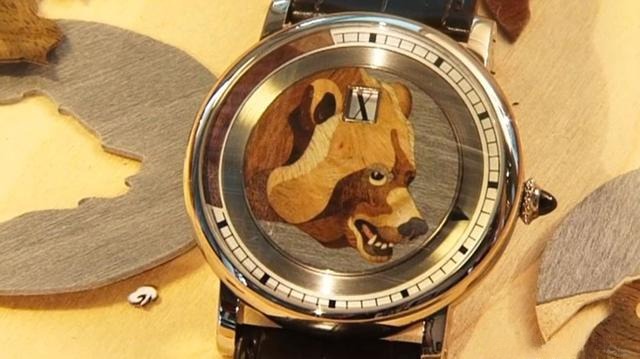
The process is painstaking. Craftsmen must match wood grains, cut the veneers precisely according to the design, and fit each tiny piece together like a jigsaw puzzle. Even a slight mismatch can ruin the harmony of the entire composition. In such cases, the artisan must start over. Yet the result—a vivid tapestry of natural color and pattern—is pure artistry.
The Revival of an Almost Lost Art
In an age dominated by industrial production and digital design, traditional crafts like wood marquetry in watchmaking remind us of the warmth of human touch. When luxury brands choose to integrate this centuries-old art into their creations, they not only celebrate craftsmanship but also help preserve cultural heritage that might otherwise fade into history.
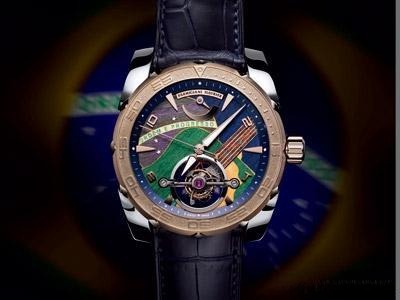
Peonyjewels Says:
Tradition always warms us in the coldness of modern reality. It reminds us of a slower, more mindful era.
As an independent artisan brand dedicated to original design, we at Peonyjewels draw inspiration from how fine watchmakers revive these disappearing crafts. Similarly, just like wood marquetry brings life to every grain and color, our Peonyjewels handmade vintage earrings capture the same spirit of artistry and timeless elegance.
We hope that, together, we can find ways to bring enduring handcrafts back to life—piece by piece, grain by grain, jewel by jewel.

